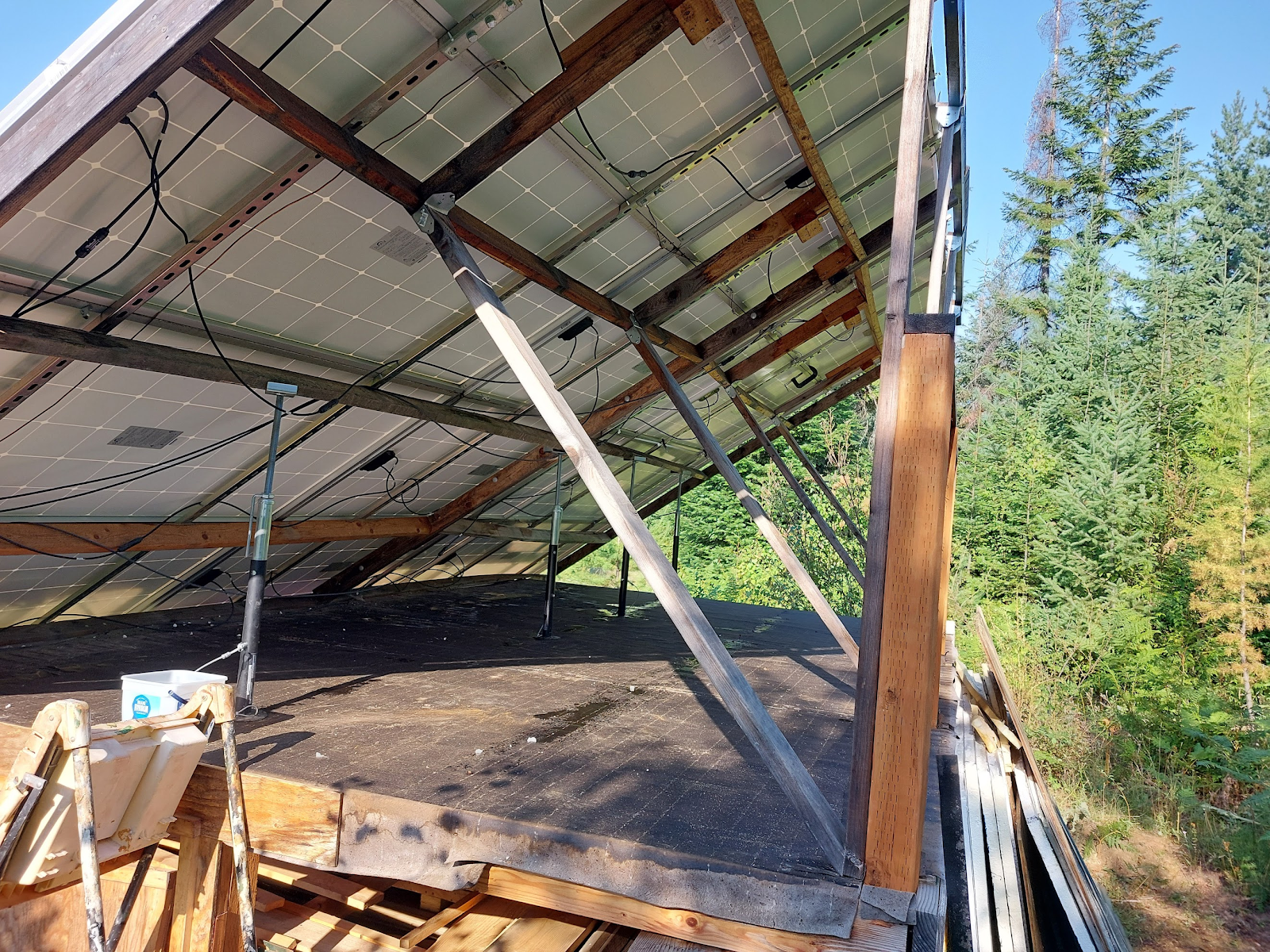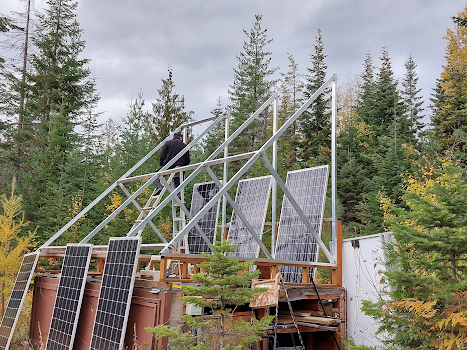
Winter access to our off-grid property has always been a major issue and concern. In the 13 years we have owned this property we have always struggled with having year-round access. Since we do not (yet) live full time on the property it is especially hard in the winter. The goal has always been to have full access to the cabin, where I can drive in and out, regardless of season. The first few years I made trip up to the cabin every time it snowed and managed to keep the road open for access. Once we started building the cabin and had a second access road, it was impossible to keep the road open once it snowed and iced over. Over the years, I have tried many different things to either keep the road open or allow us to access the cabin. From a snowplow on my truck, to a large snow blower, a tractor with a bucket and blade, to a Polaris side-by-side UTV equipped with snow tracks and a V-Plow, each of these only provided limited success and winter access. The plow on the truck only worked if I was able to plow immediately after it snowed, which wasn't always possible, even the largest walk-behind snow blower, could keep up with the 3'-4' feet of snow that would accumulate. The tractor with the bucket wasn't very effective on long stretches of driveway and was difficult to pile the snow. The V-plow on the polaris was only good for a few feet of snow, once the snow got too deep, it couldn't push the snow over the berm.

This year, I went one step further and purchased a snowblower attachment for the tractor. The plan was to park the truck about 1/2 mile down on the forest service road from the cabin, snowshoe into the cabin, use the tractor with snow blower attachment to clear the driveway and road down to the USFS road where I parked and drive the truck into the cabin. I was confident this would be the year we would solve our winter access problem to the cabin. But as they say, "so much for best laid plans". This year we received about 3-1/2' of early snow in December. I was eager to try out the new snow blower and clear the road so I could drive into the cabin. When finally got to the cabin, cleared the snow off the tractor and started it up, I heard a loud "pop' when I engaged the snowblower PTO. The chain driving the snowblower popped a link and fell off. Snowblower was inoperable and I couldn't move the tractor. Additionally, I didn't have chains on the tractor (I either misplaced them or someone stole them) so even after a couple hours of digging, I couldn't move the tractor.

I decided to use my trusted Polaris with snow tracks and V-Plow to try to clear the road, but the snow was so deep, I could only clear a couple feet of snow. Trying to dig deeper into the snow, the V-Plow couldn't push the snow up over the berm. I cleared the road enough to walk on, but not enough to drive on. To add to the problem, after plowing with the Polaris for a couple of hours, one of the front snow tracks fell off. I didn't have any replacement nuts at the cabin, so I had to leave it where it broke down. So now I had no way to clear the driveway or road, no Polaris and no tractor or snow blower.
Polaris UTV minus one snow trackOver the next few weeks, I purchased some replacement links for the chain, some tread rolls to try to get the tractor unstuck. I got the chain fixed, but the tractor wasn't going anywhere without chains.
So I guess this isn't going to be the year that I solve the winter access to the cabin. I will find or replace the chains for the tractor and try again next year. I will get the track back on the Polaris and have it ready for backup for next year. I will have to now wait for the snow to melt to be able to get both the tractor and Polaris out and fixed. My wife Shelly says that maybe we should just make the cabin a summer cabin, which might be our next move if I can't solve this winter access problem. As much as it frustrates me to be beaten every year by winter, I truly love being up at the cabin in the winter. There is something almost surreal being up there in complete wilderness in the middle of winter knowing there is no one around and seeing the snow all around. It's great to be sitting in a nice warm cabin with a fire burning looking out at the snow-covered mountains and trees, seeing the occasional, deer, elk, moose or other wildlife come by the cabin and think I am exactly where I should be.
Maybe next year will be our year, but as for 2022, I would say winter wins again....



































